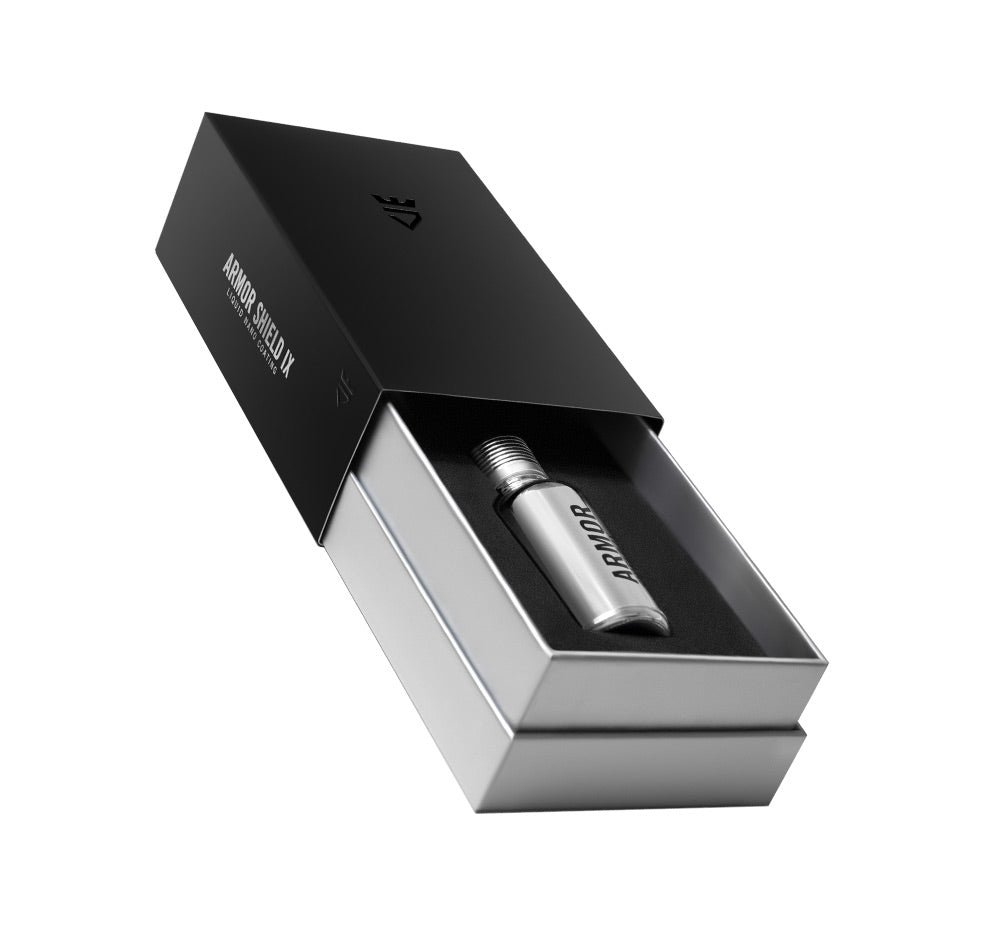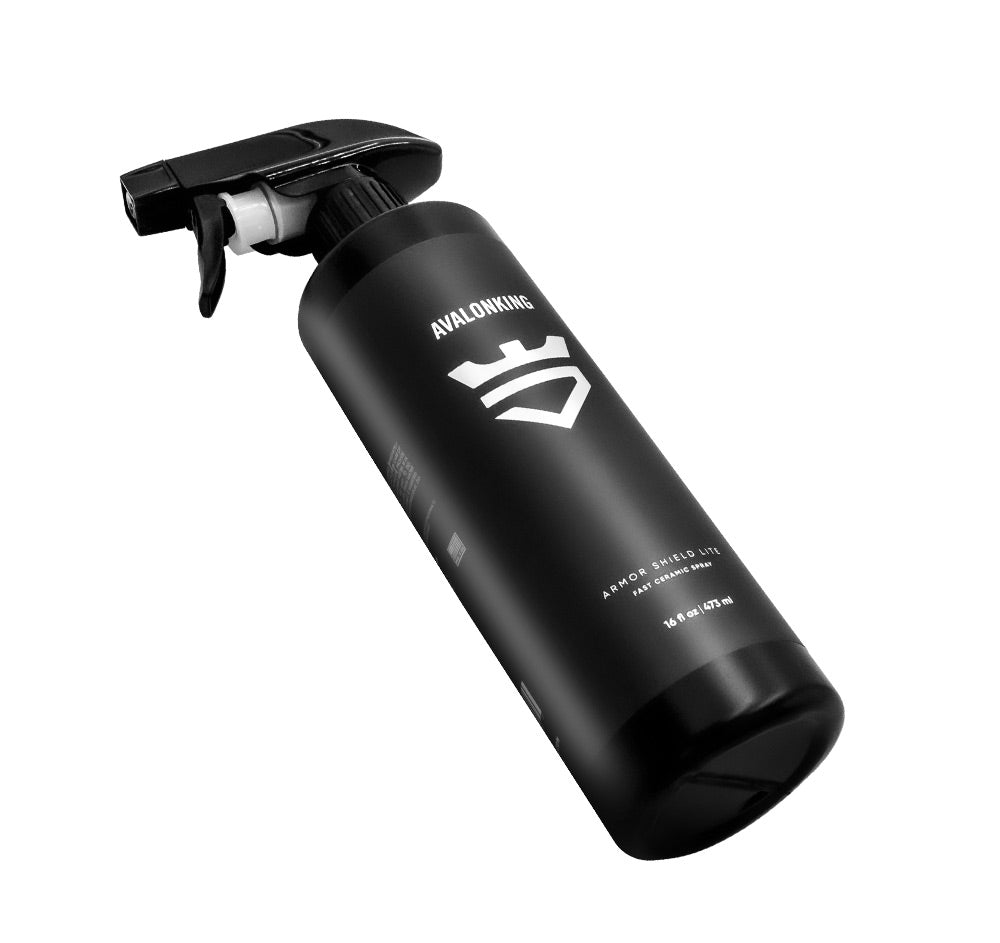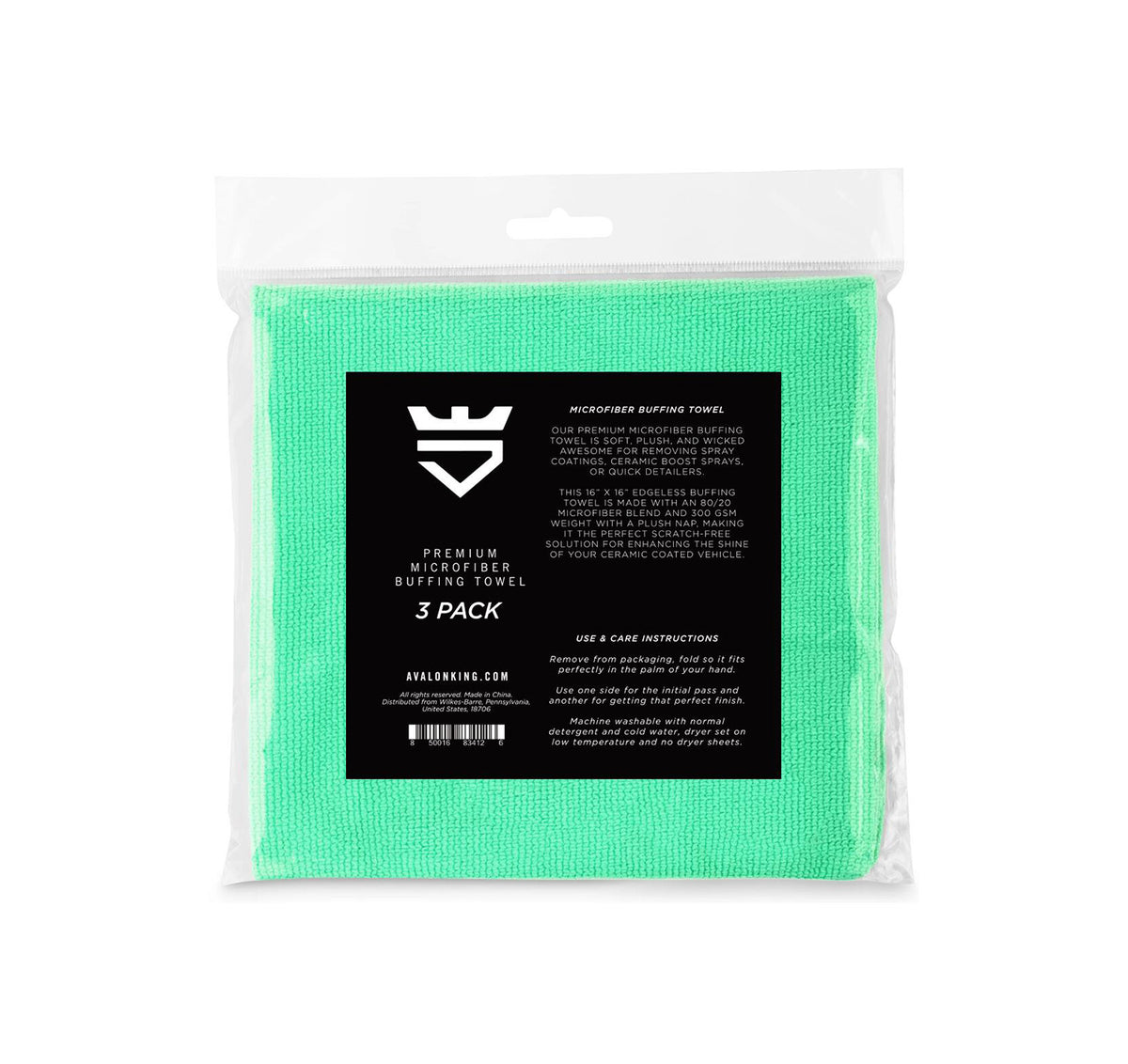What is Hydrophobic Effect? Explained by AvalonKing
The Hydrophobic Effect is a fundamental principle that plays a crucial role in many physical phenomena. It is particularly significant in the world of ceramic coatings, where it provides a multitude of benefits. This article will delve into the intricate details of the Hydrophobic Effect, its implications in ceramic coatings, and how AvalonKing, a leading player in the ceramic coating industry, leverages this effect to provide superior products.
Understanding the Hydrophobic Effect requires a basic grasp of molecular interactions and the behavior of water. This article will guide you through these concepts, ensuring a comprehensive understanding of the Hydrophobic Effect and its practical applications, particularly in ceramic coatings.
Understanding the Hydrophobic Effect
The term 'hydrophobic' comes from the Greek words 'hydro' (water) and 'phobos' (fear), literally translating to 'fear of water'. In the scientific context, hydrophobic substances are those that repel water. The Hydrophobic Effect refers to the observed tendency of nonpolar substances to aggregate in an aqueous solution and exclude water molecules.
This phenomenon is primarily attributed to the behavior of water molecules and their interaction with nonpolar substances. Water is a polar molecule, meaning it has a positive charge on one side and a negative charge on the other. This polarity allows water molecules to form hydrogen bonds with each other, creating a network of interconnected molecules.
The Role of Entropy
Entropy, a measure of disorder or randomness in a system, plays a significant role in the Hydrophobic Effect. When a nonpolar substance is introduced into water, water molecules around the substance organize themselves in a specific arrangement to maximize hydrogen bonding. This ordered arrangement results in a decrease in entropy, which is energetically unfavorable.
Therefore, to increase entropy, water molecules push nonpolar substances together, reducing the surface area exposed to water and minimizing the need for the structured arrangement. This aggregation of nonpolar substances in water is the Hydrophobic Effect.
Hydrophobic and Hydrophilic Substances
Substances can be broadly classified into hydrophobic (water-repelling) and hydrophilic (water-attracting) based on their behavior in water. Hydrophobic substances, like oils and fats, do not mix with water, while hydrophilic substances, such as salts and sugars, readily dissolve in water.
The hydrophobic or hydrophilic nature of a substance depends on its molecular structure. Molecules with nonpolar structures are typically hydrophobic, while those with polar or ionic structures are hydrophilic. This distinction is crucial in various fields, including ceramic coatings.
Hydrophobic Effect in Ceramic Coatings
Ceramic coatings, used extensively in automotive and marine applications, leverage the Hydrophobic Effect to provide superior protection and performance. These coatings are composed of silica (SiO2), which forms a nonpolar, hydrophobic layer on the surface upon application.
This hydrophobic layer repels water, causing it to bead up and roll off the surface. This not only helps keep the surface clean but also protects it from water-related damage, such as rust and corrosion. The Hydrophobic Effect is thus a key feature of ceramic coatings that enhances their functionality and effectiveness.
Benefits of the Hydrophobic Effect in Ceramic Coatings
The Hydrophobic Effect offers several benefits in the context of ceramic coatings. Firstly, it provides a self-cleaning effect. Water droplets pick up dirt and debris as they roll off the hydrophobic surface, keeping it clean. This property is often referred to as the 'lotus effect', named after the lotus leaf, which exhibits similar self-cleaning properties due to its hydrophobic surface.
Secondly, the Hydrophobic Effect minimizes water contact with the surface, reducing the risk of water-related damage. This is particularly important for metal surfaces, which are prone to rust and corrosion. By repelling water, ceramic coatings provide effective protection against these issues.
AvalonKing's Approach to the Hydrophobic Effect
AvalonKing, a leading provider of ceramic coatings, has harnessed the Hydrophobic Effect to develop high-performance products. Their ceramic coatings not only offer excellent hydrophobic properties but also provide superior hardness, heat resistance, and UV protection.
AvalonKing's ceramic coatings form a strong bond with the surface, creating a durable, hydrophobic layer that repels water and contaminants. This ensures long-lasting protection and a high-gloss finish, enhancing the aesthetic appeal of the surface while also preserving its integrity.
Conclusion
The Hydrophobic Effect is a fascinating scientific phenomenon with practical implications in various fields, including ceramic coatings. By understanding this effect, we can appreciate the underlying principles that contribute to the performance and effectiveness of products like AvalonKing's ceramic coatings.
As we continue to explore and understand the Hydrophobic Effect, we can look forward to even more innovative applications and improved products in the future. The Hydrophobic Effect, in its simplicity, holds the key to complex solutions and advancements in the world of ceramic coatings and beyond.
Now that you've gained insight into the Hydrophobic Effect and its pivotal role in ceramic coatings, why not experience the benefits firsthand? AvalonKing specializes in providing top-tier car care solutions, including our industry-leading ceramic coatings that embody the essence of this effect. Whether you're looking for car shampoo or other cleaning essentials, we have everything you need to keep your vehicle in pristine condition. Check out our products today and see the difference for yourself!










